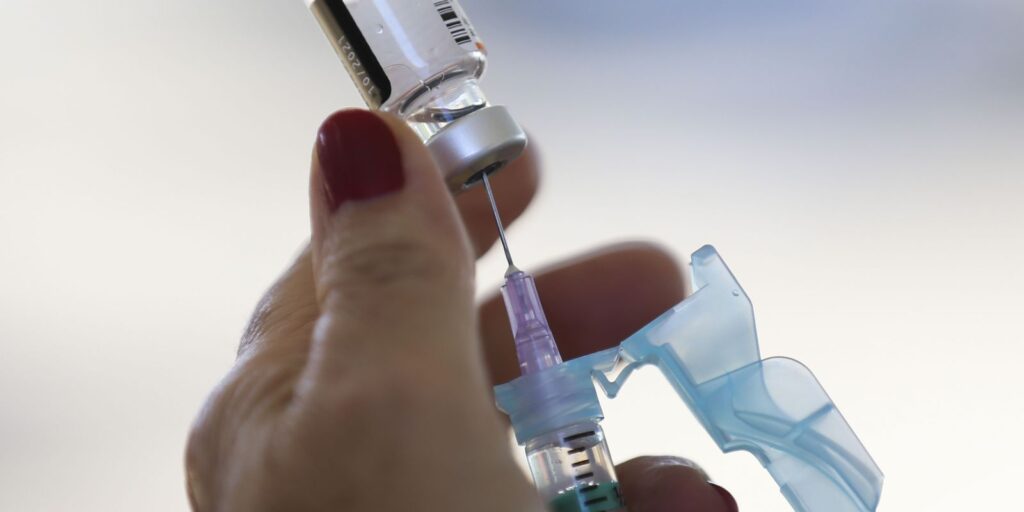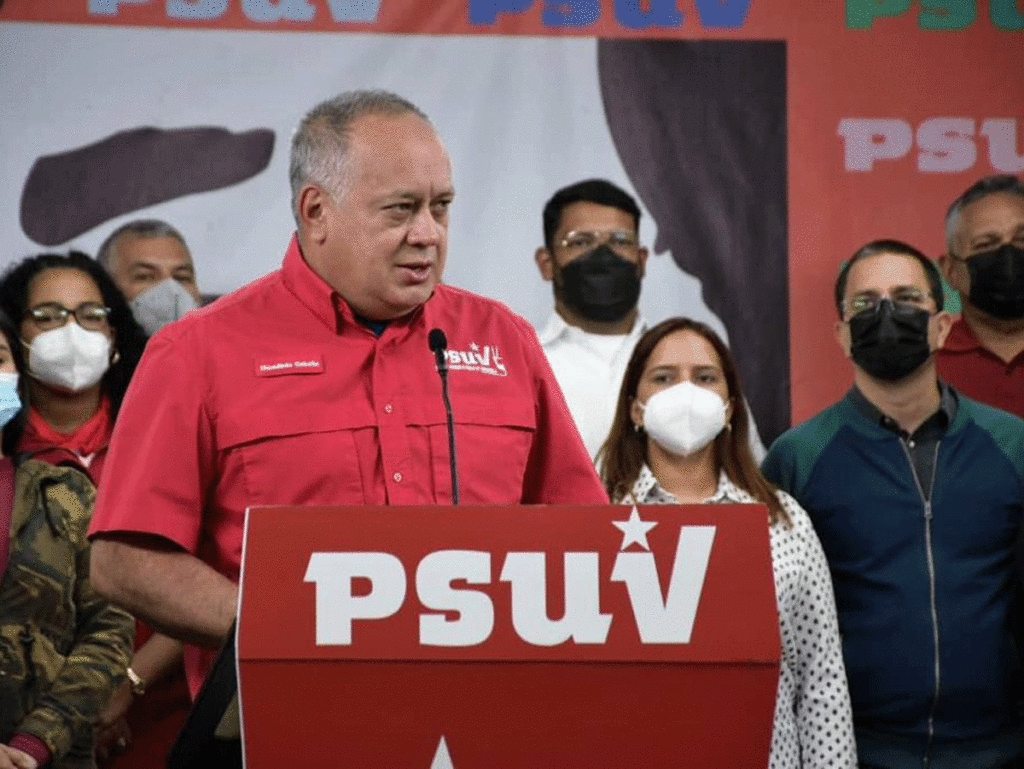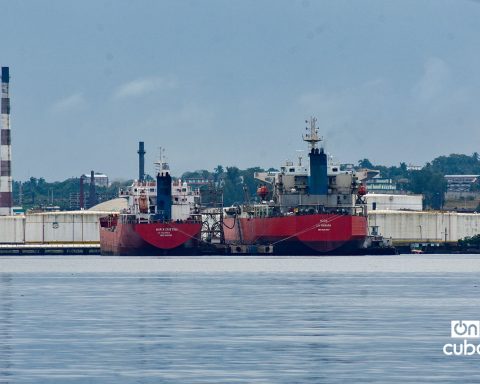Ukraine admitted on Tuesday that the Russian offensive in the east of the country continues to advance while causing “catastrophic destruction”so that in a matter of days the invading forces could have complete control of Donbass, while an official estimate was released according to which at least 30% of Ukraine’s infrastructure was damaged or destroyed so far in the war.
According to the calculation, made by Infrastructure Minister Oleksandr Kurbakov, quoted by the Ukrainian news agency Ukrinform, losses caused by hostilities exceed 100,000 million dollars and the recovery of everything destroyed up to the present will take at least two years.
“Almost every component of our transportation infrastructure has been affected in one way or another,” the official admitted.
Kurbakov also pointed out that more than 300 bridges on national routes were destroyed or damagedmore than 8,000 kilometers of roads need repair and dozens of railway bridges were blown up.
But Kurbakov’s was not the only official Ukrainian voice to admit the advance of the invading forces.
The governor of the Lugansk region, Serguei Gaidai, said that the Russian army is causing “catastrophic destruction” in Lisichansk, the neighboring town of Severodonetsk, in eastern Ukraine.
There is “fighting in the Severodonetsk industrial zone and catastrophic destruction in Lisichansk,” Gaidai reported in a message on the social network Telegram, in which he stated that “the last 24 hours were difficult” for the Ukrainian forces.
“The Russians want to completely conquer the Lugansk region” by June 26, said the governor who assured that they will not achieve it, the AFP news agency reported.
Among these voices of discouragement from the Ukrainian authorities, President Volodimir Zelensky tried to give some more positive news, although his announcements were more linked to comments than to specific information.
In this context, in his daily message to the population Zelensky said that Russia “is very nervous” about Ukraine’s activity on the Donbass front, main objective of the Kremlin in its military invasion, and thanked the country’s Army for its work.
“As I predicted, Russia is very nervous about our activity. Again there are bombings against Kharkov (…), but the occupiers are receiving responses to their actions against us,” the president said last night.

Kharkov province borders Donbass and Russia, and the part bordering on Russian territory is partially occupied by Kremlin forces. These troops protect the rear of those fighting in the Donbass, cutting off the possible movement of troops and weapons from the capital kyiv or Kharkov.
In the message, The president also clarified that he was waiting for the European Union (EU) summit that next Thursday and Friday should give Ukraine the status of a candidate for accession to the bloc.
“The next few days of the week will be intense. Step by step we are going through a crucial week and we are doing everything possible every day so that no one doubts that Ukraine deserves to be a candidate. Every day we show that we are already part of a European space united, I would say, even a space of values”, said the Head of State.
Meanwhile, the deputy director of the Ukrainian Presidential Office, Igor Zhovkva, said Tuesday at a briefing that Zelensky, will speak in videoconference at the first session of the NATO summit which will be held on June 29 and 30 in Madrid.
The summit will be attended by all 30 leaders of NATO member states, and the issues of Ukraine and Russian aggression will play an important role in the summit, Zhovkva explained.
Meanwhile, pro-Russian authorities in Lugansk said last night that some 20 civilians left the Azot chemical plant in Severodonetsk.
The representative of Lugansk in Moscow, Rodion Miroshnik, explained that the evacuated people were made safe, while the departure of the rest of the civilians and the laying down of arms by the Ukrainian military is complicated by the constant bombardment of the city.reported the TASS news agency.

Gaidai had anticipated that 568 people, 38 of them children, were taking refuge inside the Azot factory.
This plant is emblematic of this industrial city, which had 100,000 inhabitants before the war. A third of the town is still controlled by kyiv. The town is considered a key stage for the comprehensive conquest of Donbass, a region partially in the hands of pro-Russian separatists since 2014.
The town of Toshkivka, a few kilometers from Severodonetsk, and Lisichansk are fully under Russian control, the head of the Severodonetsk district, Roman Vlasenko, reported today.
“The pressure continues” on the front line where “the battle for Donbass is in full swing,” he said.
Other eastern cities still under kyiv’s control are preparing to fight Russian troops, including Sloviansk and Kramatorsk, east of Severodonestk.
The situation “is complex because the front has come closer in recent weeks, up to 15-20 kilometers,” Vadim Liakh, mayor of Sloviansk, told AFP. Hopefully “the new weapons our army needs will arrive soon,” he added.
On the diplomatic level, The conflict between Russia and the European Union (EU) worsened on Tuesday after Moscow threatened “serious” consequences for Lithuania, a member of the bloc and NATO, for imposing restrictions on the rail transit of goods to Kaliningrad due to Western sanctions against Moscow.
This strategic and militarized enclave, home to the Russian fleet in the Baltic Sea, borders Lithuania and Poland, two countries that have firmly supported Ukraine since the start of the conflict.
Russia will react to these “hostile acts” and the measures “will have serious negative consequences for the population of Lithuania,” Nikolai Patrushev, secretary of the Russian Security Council, said during a visit to Kaliningrad.


















